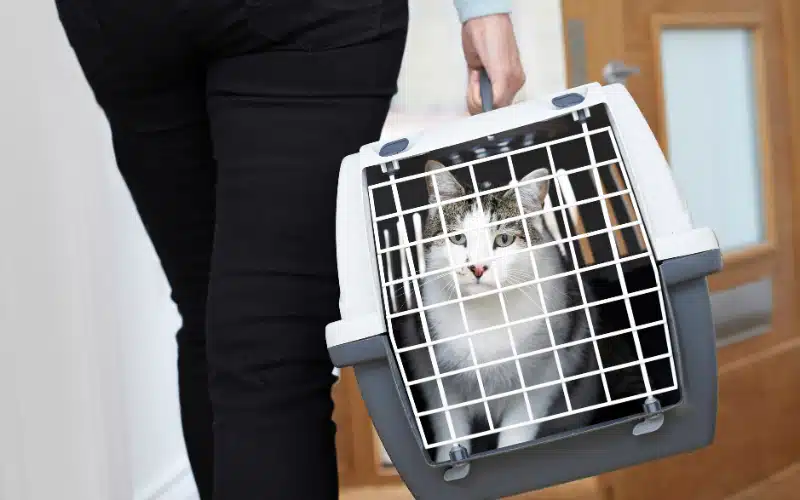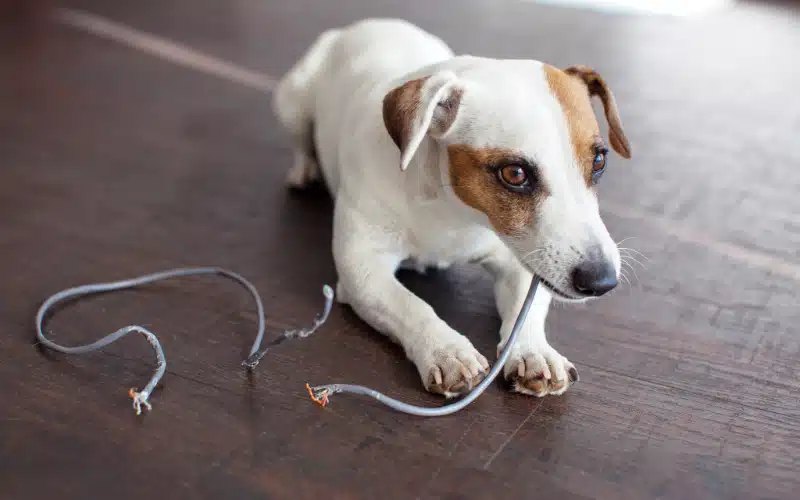
Essential Tips for Safeguarding Your Pets During Hurricane Season
Hurricane season is here, and preparing for the worst-case scenario can mean the difference between life and death. The Atlantic hurricane season officially began on June 1st and typically lasts until the end of November. The six-month season is expected to see between 12 and 17 named storms, according to the National Oceanic and Atmospheric Administration (NOAA). Five to nine storms are expected to reach hurricane strength, with minimum wind speeds of 74 mph. One to four storms could become Category 3 or stronger with at least 111 mph wind speeds. The forecast suggests that Florida will be at higher risk than other regions.
Bad news aside, Floridians are used to hurricane-strength storms and most likely have an emergency and evacuation plan in place. We put together a helpful guide on how to include your pets in those plans to keep them safe.
Hurricane Prep for Pets
When a hurricane is looming, the last thing you want to worry about is whether you have everything you need to take care of your pet. Keep a pet care “go bag” packed and ready near the door if you must evacuate. In it, include:
- A three-day supply of pet food and water
- A litter box, scoop, and/or waste bags
- Any prescription medications and medical records, contacts for emergency veterinary hospitals (if your primary care veterinarian clinic has an app, download it for easy digital access to your pet’s information)
- A recent paper photograph of your pet and any proof of ownership documents
- A pet first aid kit
- An extra leash, collar, and pet carrier
- Toys, blankets, treats, and bedding
In addition to everything you need to ensure your pet’s comfort, maintain their safety by having them microchipped before the threat of dangerous weather. Remember to register the chip with the microchip company and the national database or update your contact information if you have moved or recently adopted your pet.
Your pet should also wear their collar and ID tags if there is a chance of a storm. However, collars and tags can be lost or removed, so a microchip is the safest and most secure way to ensure your pet can be reunited with you if they are lost.
Weathering the Storm
If a hurricane is imminent, you’ll likely stay up-to-date with the news. First, find out if you need to evacuate. If you do, be sure to take your pets with you. There is no guarantee you’ll be able to come back for them, and first responders may not have time or resources to rescue pets that have been abandoned.
Research which shelters in your area can accommodate pets, or have a relative or friend on standby to take you or your pets in for a time. Boarding kennels and veterinary hospitals often shelter pets free of charge in a state of emergency but may fill up quickly. Pet-friendly hotels also tend to get booked promptly with a storm approaching, so reserve early if this is your plan.
If you are sheltering at home, ensure you have supplies including chew toys, a slow feeder, and treats to banish boredom. It is often not safe to head outside for bathroom breaks during a hurricane, so keep a supply of puppy pads and cleaning supplies for indoor potty breaks. The room you select in your home to shelter in should be large enough to comfortably house you and your pets.
The noise and chaos of storms can cause some pets much anxiety. If this is the case, you will want to consider a special treat or chew toy (a frozen Kong works well) to keep them occupied. Calming medications or a compression vest can help to alleviate any anxiety your pet may feel. Many pets benefit from a white noise machine (if you have power), which can mask loud and distressing noises. Ultimately, you are your best friend’s touchstone, so if you can keep yourself calm in the storm, your pet will likely take your lead. Keep close to your pet in any situation and provide lots of reassurance and warmth.
After the Storm
Once the storm abates, fully assess any damage and ensure the storm has passed before letting animals outside. Downed power poles and lines, fallen debris, and displaced objects can all create hazards for your pet.
After a storm, pets may continue to feel extreme stress and anxiety and may try to escape in a panic. In addition, the noises, smells, and unsettled atmosphere may disorient or confuse them. Pets need lots of time and patience to re-acclimate after a disaster or any big change. For these reasons, keeping pets on a leash and cats in carriers is a good idea until you feel confident that they are reacclimated to their surroundings.
If you are separated from your pet, begin your search at a local animal shelter. Emergency responders are familiar with the pet-friendly shelters and will often post lists of pets who have been rescued and where they have been taken. Local news organizations are also excellent sources of information sharing and locating lost pets.
Our goal is to remain open during natural disasters. Our veterinarians are here 24 hours a day, 365 days a year. If you have a pet emergency, please call the Animal Emergency Hospital of Volusia at 386-252-0206. In addition, you can reach our sister hospital, Animal Emergency Hospital of DeLand, at 386-252-0337.



